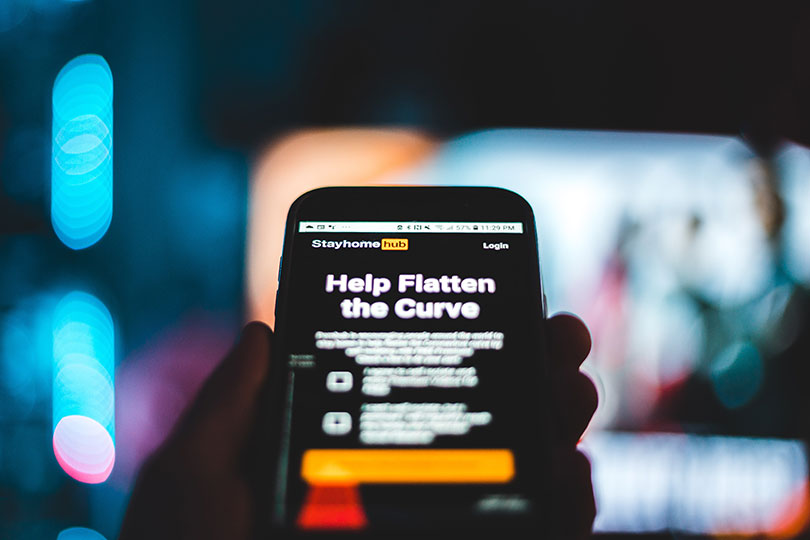
Then & Now
A message from the Great Recession to marketers. The Great Recession lorded over the U.S. economy for nearly two years, from December 2007 to June 2009. It robbed consumers of retirement savings, college funds, investments and potential. Marketers had to make hay with a heck of a lot less—less budget, less staff and less consumer demand. Digital advertising rose to the occasion, per eMarketer reports.
+ Digital ad spending declined in 2009 as well, but only by single digits. At the time, digital was a relatively small share of total ad budgets, and digital advertising was still playing catch-up in terms of its share of ad spending vs. consumer attention. Conservative marketers seeking proof of advertising performance were drawn to digital’s targetability and measurability.
+ Today digital commands a much greater share of advertising budgets. Consumers spend a lot more time today online and in app on mobile than they did back in the early 2000s. And social distancing is further evolving media usage habits. Working from home has forced employees to communicate beyond desk chats and email. They’re finally turning on web cameras to bridge the great divide.
+ Throughout and beyond the pandemic, digital will very likely prosper. This because it’s considered more measurable and responsive than other media, according to eMarketer research. But not all digital is equally measurable. For the greatest “proof,” some advertisers may retreat to Facebook, Instagram and Amazon in search of performance metrics, says eMarketer.
+ Marketers should consider the aftermath of September 11 as well as the Great Recession for brand cues. Consumers are yearning for normalcy and hope. Brands have an opportunity now to build consumer confidence and goodwill. Ford Motor Co., for example, has pulled its retail ads and replaced them with branding-oriented commercials to inspire trust and calm amid uncertainty. “Consumers are in crisis and looking for institutions that they can trust to keep them safe; brand marketers are right to see an opportunity but should be cautious in their messaging strategies,” said Nicole Perrin (eMarketer, Mach 25, 2020).
Do This
6 dos and don’ts for brands during the coronavirus crisis. Whether you’re a business owner or a member of the marketing team (or hold any position in between), COVID-19 has undoubtedly affected your organization. And unfortunately, it doesn’t show signs of stopping. That’s why now more than ever, you have to carefully calculate the moves you make. Because, in order to maintain the brand affinity you’ve built, your actions should be shaped around your customers, your community and your country. Even if they don’t benefit your business.
Learn Something
Take advantage of downtime to sharpen your marketing skills. Whether you just graduated with your degree or you’ve been in the industry for eons, it’s important to never stop learning. Because in our line of work, change is the only constant. From new terms to new technology, the strategies for success are always shifting. But, keeping current just got a lot more convenient.
+ To inspire continued education across all categories, the Ivy League experts have made more than 500 of their courses available online. And here at Brogan & Partners, we’ve investigated all of the opportunities — compiling a list of classes that can help you become a smarter marketer.























